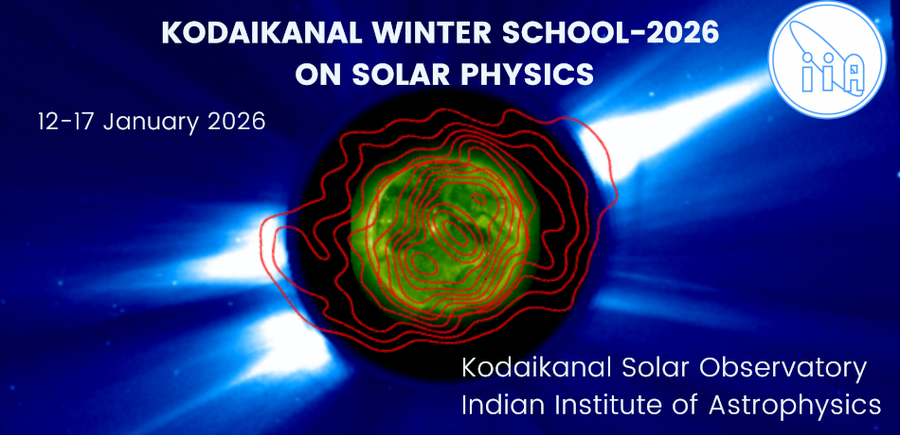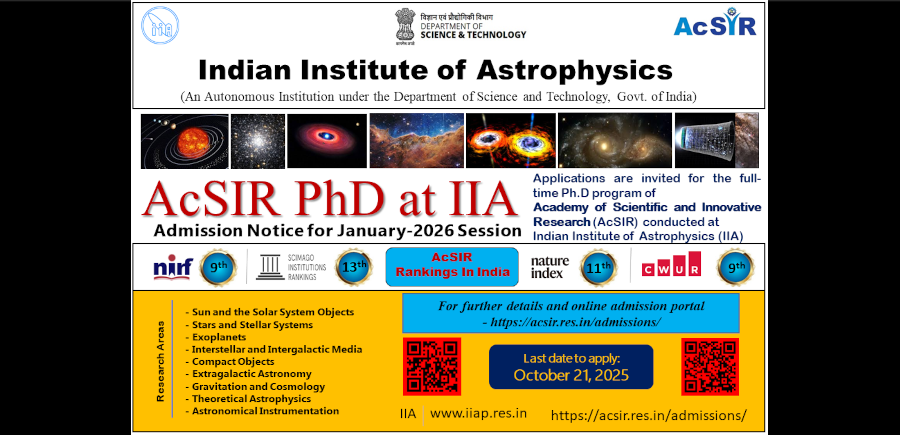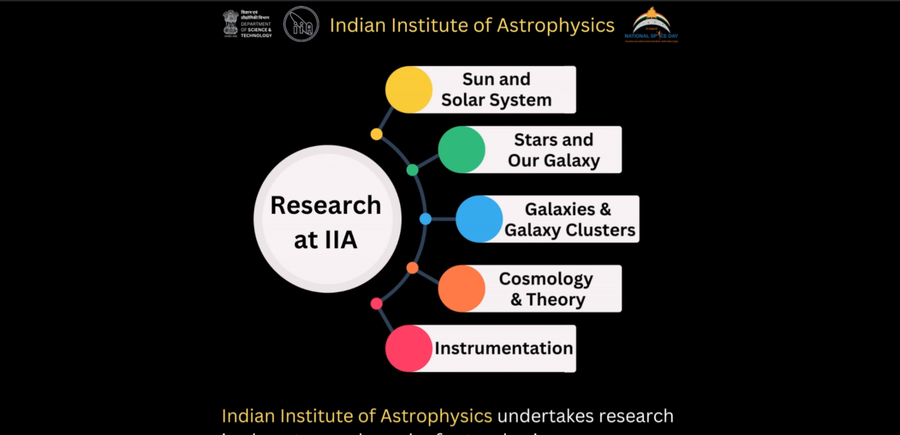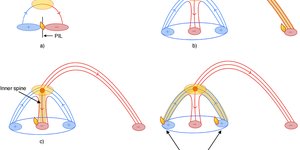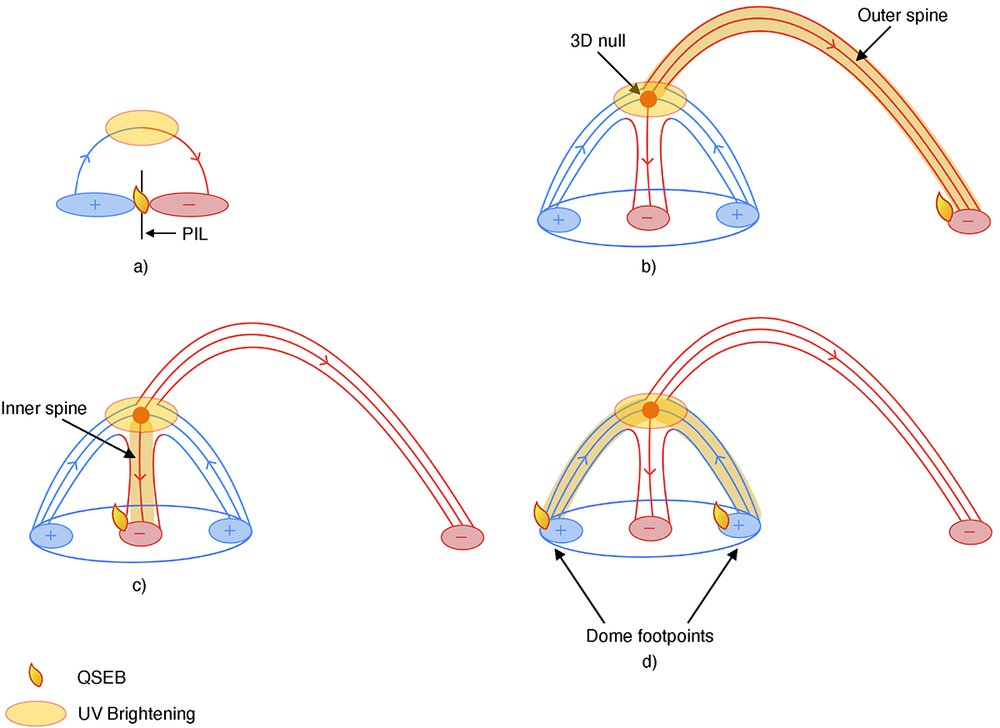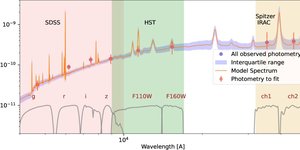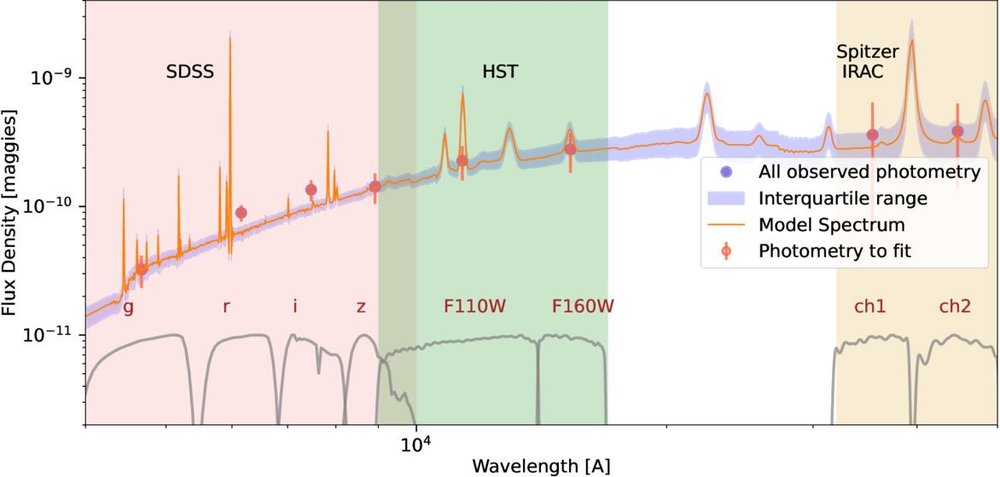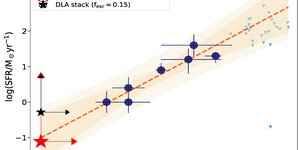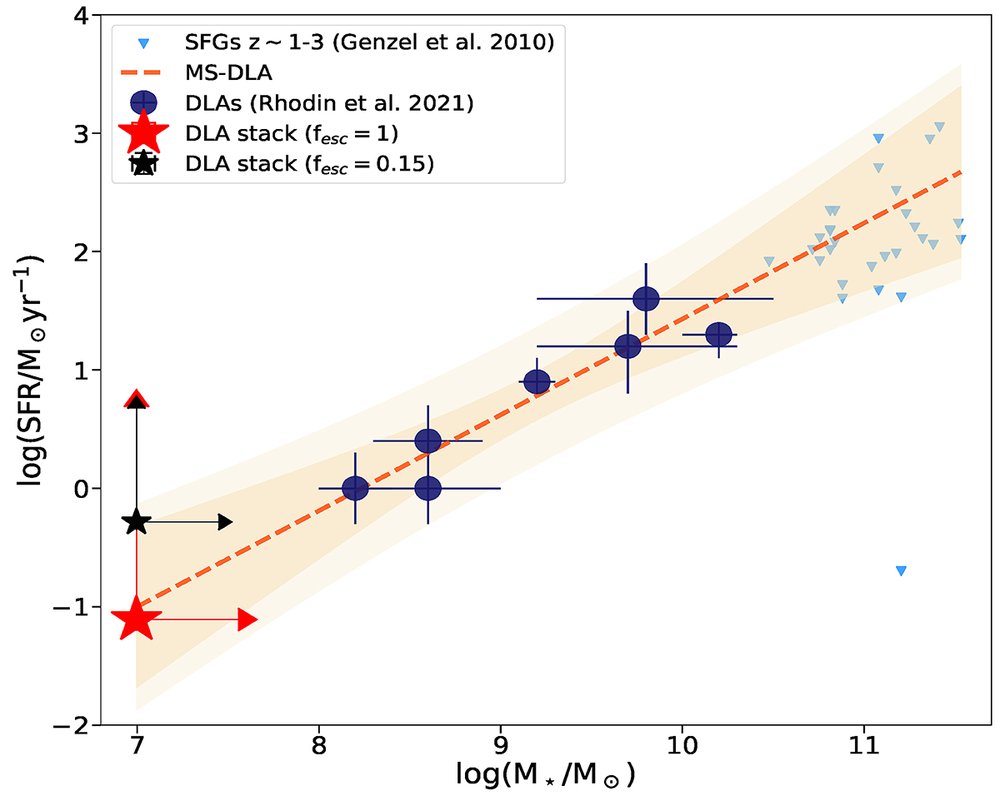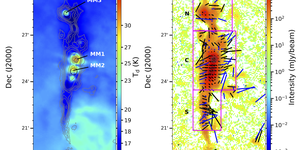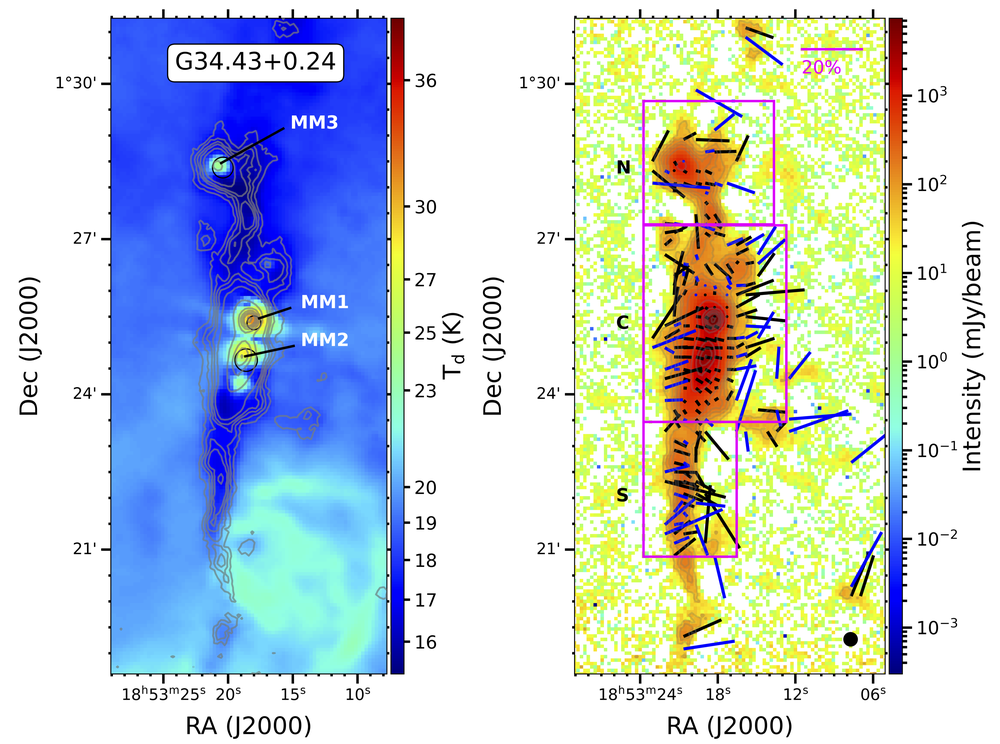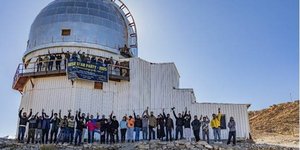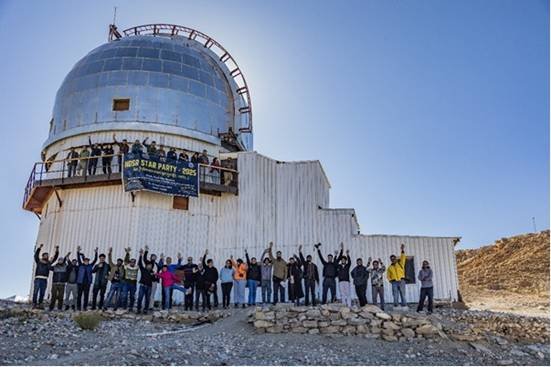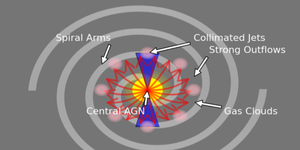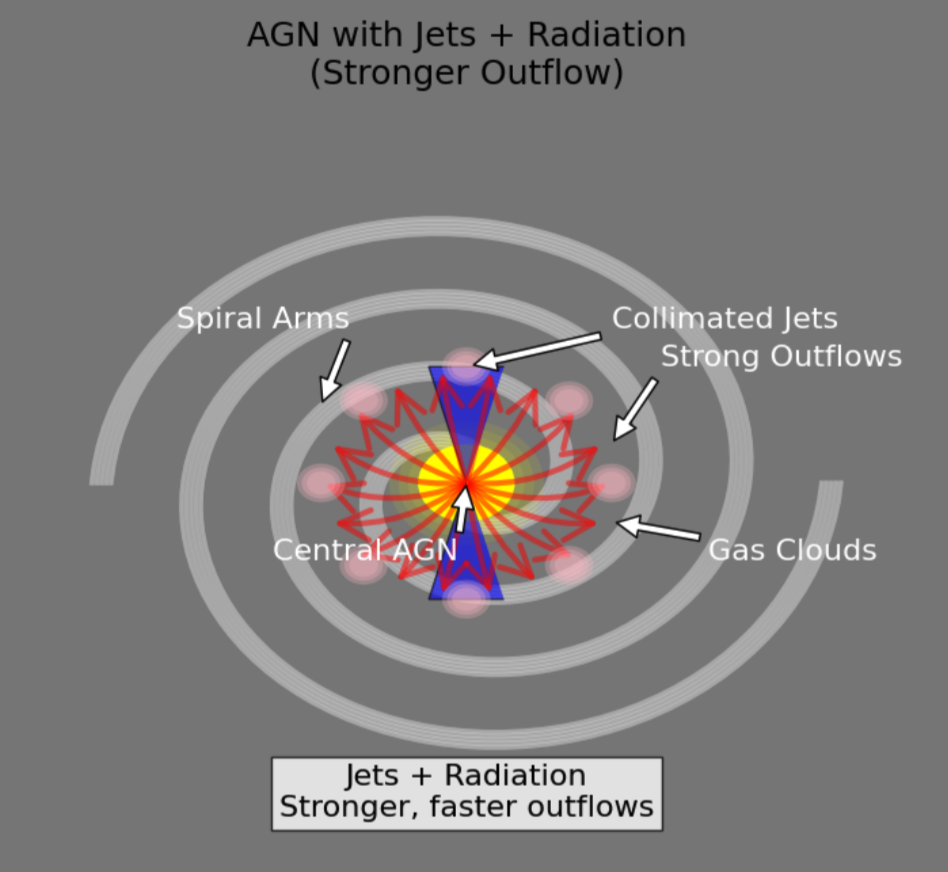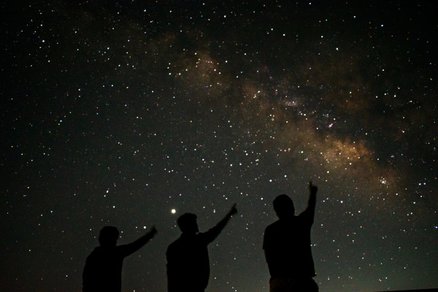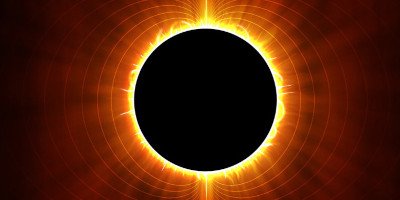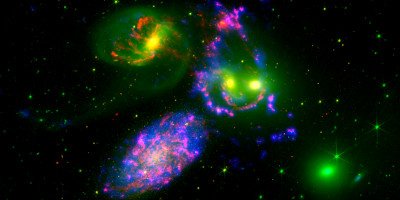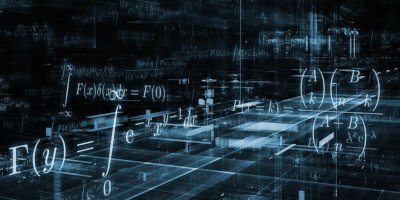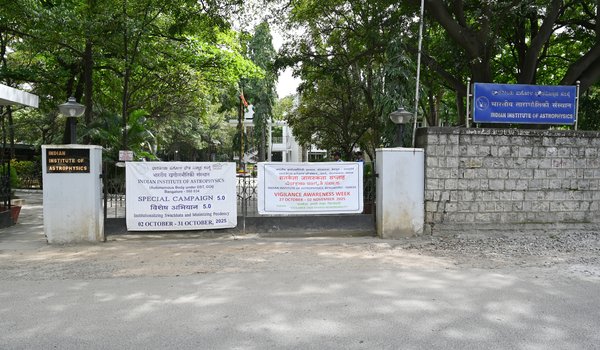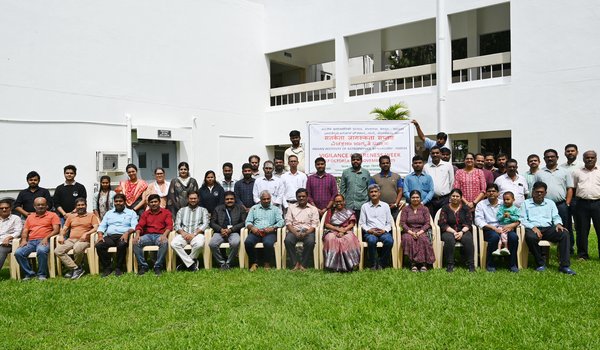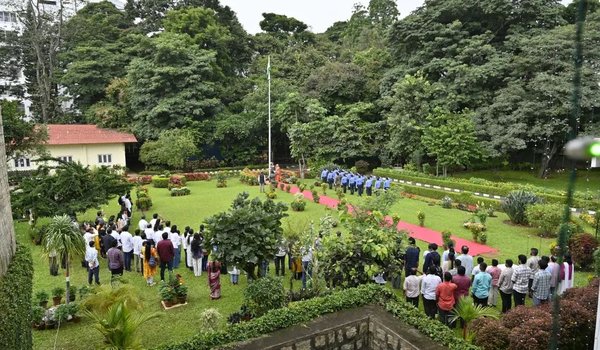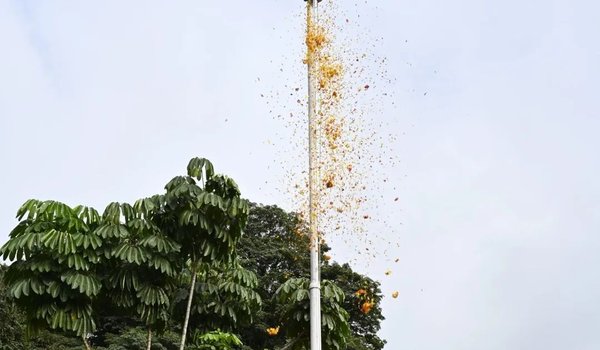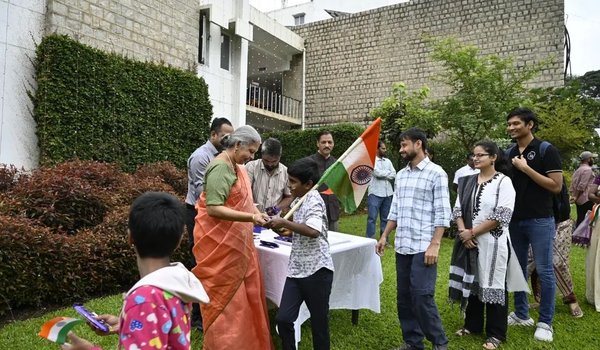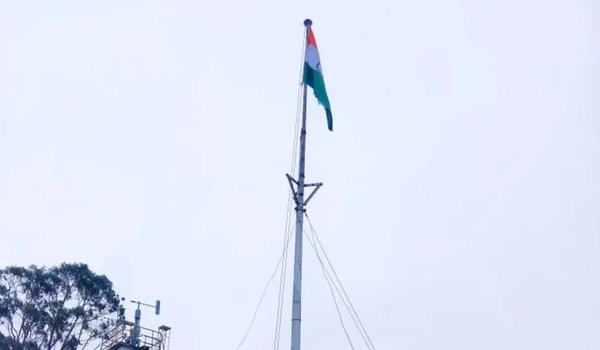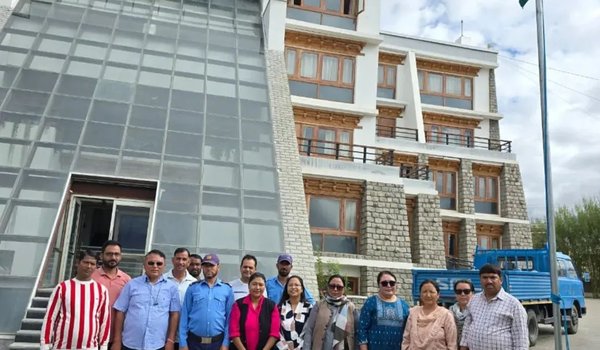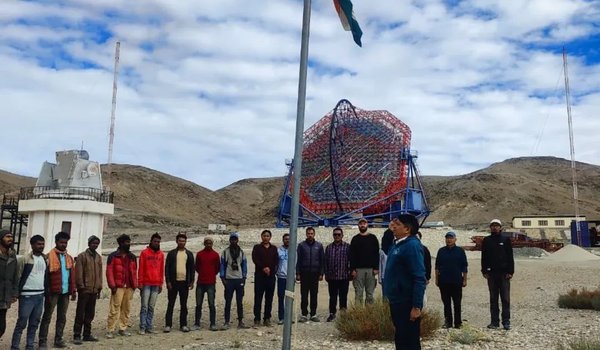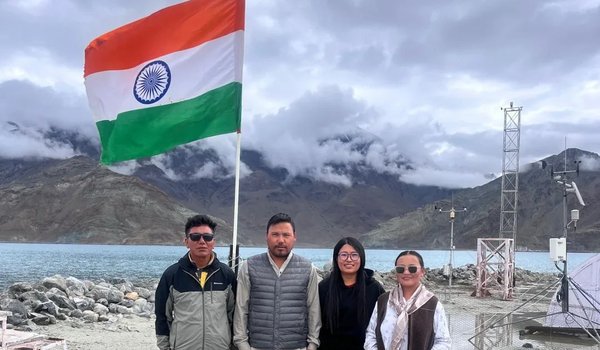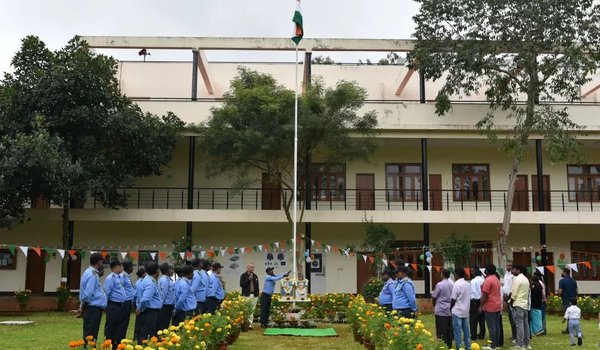Context. Quiet-Sun Ellerman bombs (QSEBs) are small-scale magnetic reconnection events in the lower atmosphere of the quiet Sun. Recent work has shown that a small percentage of them can occur co-spatially and co-temporally with ultraviolet (UV) brightenings in the transition region.
Aims. We aim to understand how the magnetic topologies associated with closely occurring QSEBs and UV brightenings can facilitate energy transport and connect these events.
Methods. We used high-resolution Hβ observations from the Swedish 1-m Solar Telescope (SST) and detected QSEBs using k-means clustering. We obtained the magnetic field topology from potential field extrapolations using spectro-polarimetric data in the photospheric Fe I 6173 Å line. To detect UV brightenings, we used coordinated and co-aligned data from the Interface Region Imaging Spectrograph (IRIS) and imposed a threshold of 5σ above the median background on the (IRIS) 1400 Å slit-jaw image channel.
Results. We identify four distinct magnetic configurations that associate QSEBs with UV brightenings, including a simple dipole configuration and more complex fan-spine topologies with a 3D magnetic null point. In the fan-spine topology, the UV brightenings occur near the 3D null point, while QSEBs can be found close to the footpoints of the outer spine, the inner spine, and the fan surface. The height of the 3D null varies between 0.2 Mm and 2.6 Mm, depending on the magnetic field strength in the region. Some QSEBs and UV brightenings, though occurring close to each other, are not topologically connected with the same reconnection process. The energy released during QSEBs falls in the range 1023–1024 ergs.
Conclusions. This study shows that magnetic connectivity and topological features, such as 3D null points, are crucial in linking QSEBs in the lower atmosphere with UV brightenings in the transition region.
Read more
